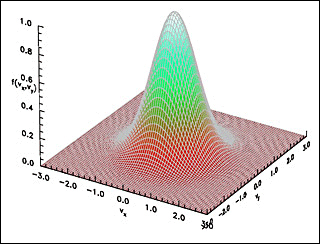Course Description
This half-semester course introduces computational methods for solving physical problems, especially in nuclear applications. The course covers ordinary and partial differential equations for particle orbit, and fluid, field, and particle conservation problems; their representation and solution by finite difference …
This half-semester course introduces computational methods for solving physical problems, especially in nuclear applications. The course covers ordinary and partial differential equations for particle orbit, and fluid, field, and particle conservation problems; their representation and solution by finite difference numerical approximations; iterative matrix inversion methods; stability, convergence, accuracy and statistics; and particle representations of Boltzmann’s equation and methods of solution such as Monte-Carlo and particle-in-cell techniques.
Course Info
Learning Resource Types
theaters
Tutorial Videos
assignment
Problem Sets
grading
Exams
menu_book
Open Textbooks
assignment
Programming Assignments
Instructor Insights

Two-dimensional Maxwellian distribution-function, typical of gas molecules or plasma particles in solutions of the Boltzmann equation and atomistic simulations. (Image by Ian Hutchinson.)










